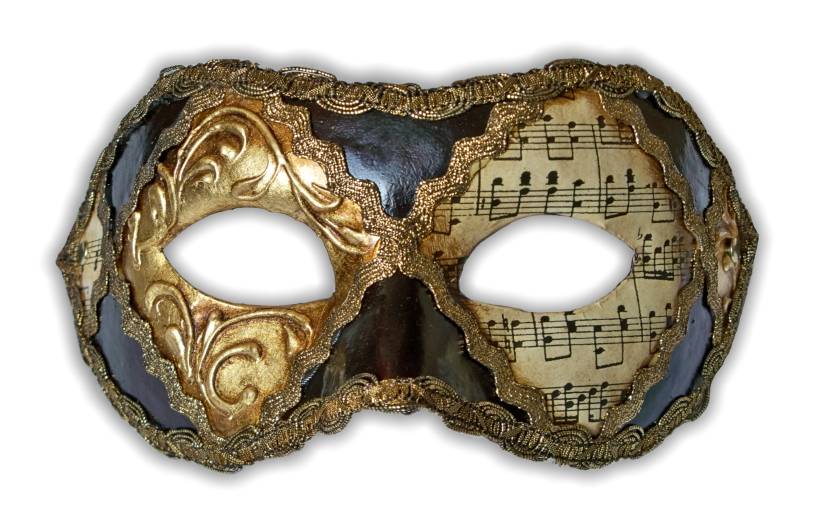Learn how to make a plaster mask
https://www.youtube.com/watch?v=HCEyHT-24hc
Materials
- Plaster Bandages (common brand name "Plast'rcraft" manufactured by Pacon is cheaper than the medical supply grade) like those used for casts around limbs with broken bones.
- A class of 30 students will need about 5 pounds, cut into rectangles about 1 x 4 inches
- Petroleum jelly (common brand name "Vaseline"; house brands of large chain stores are less expensive) or K-Y Jelly: one jar for each cluster of students
- Water: room temperature, in a small plastic dish or other stable vessel
- Paper towels
- Facial soap
- Pair up. One student will be the maker of another student's foundation mask, while the second
 student acts as the model for the base mask. (They'll switch roles the following session.) The model becomes the owner of the mask, who does all later work on it.
student acts as the model for the base mask. (They'll switch roles the following session.) The model becomes the owner of the mask, who does all later work on it.
- The model should put on a smock and sit with his / her head tilted back, holding his hair away from his forehead. He / she might wear a headband or cover some of his / her hair with a plastic bag, securely taped.
- The maker, meanwhile, gets a can two-thirds full of water, and places it on a table beside the model. He / she also places a pile of plaster bandages a few inches farther away. (Although these bandages should have been cut to about one-inch by four-inches each some time earlier, it's good to have some scissors handy
 in the event you want to make a specially shaped bandage.)
in the event you want to make a specially shaped bandage.)
- The model and / or maker apply a thin coat of petroleum jelly to the skin of the model's face, being careful to cover the eyebrows and any other hair which will be covered with bandages, because this will allow the mask's release from the face.
No foreign material should be allowed to get in the eyes. If the eyes are irritated, get and follow medical advice.
- The maker builds the mask on the model's face one bandage at a time. Each bandage must be dipped individually into the water, rubbed slightly, placed so as to overlap previous bandages, and wiped smooth and flush with the skin, however it curves or creases. Create an even layer to cover the mask's entire area, then cover it again at least another two times, making the areas at the temples, b
 ridge
ridge  of the nose, and all outside edges especially strong. The eyes may remain uncovered, and either the mouth or the nostrils may remain uncovered, or both. If the model chooses to have the eyes covered, a small piece of cellophane should be placed over the eye before it is covered with bandages.
of the nose, and all outside edges especially strong. The eyes may remain uncovered, and either the mouth or the nostrils may remain uncovered, or both. If the model chooses to have the eyes covered, a small piece of cellophane should be placed over the eye before it is covered with bandages.
- Wait 3 minutes after placing the last bandage on the mask, then work the mask off the face. The maker pries at the edges with spread finger-tips, while the model wrinkles his nose and forehead underneath. Bend the mask as little as possible. If any hairs have been trapped, pull them out of the plaster rather than out of the head!

- Once the mask has been removed, the model's sole task is to clean himself up. First, wipe the face with dry paper towels. Then wash thoroughly with soap and water. Although Vaseline is used medically to protect skin, it can encourage temporary blemishes if not completely removed. The model is dismissed as soon as his face is cleaned.
- The maker's role is to place the mask on a foam rubber form so that the mask will continue to harden in the shape of the model's face. Before leaving it he must write the name of the model on a piece of paper and place it beneath an edge of the mask. (Your teacher will mark the mask with permanent marker when it has completely dried.) The maker must then put away any remaining unused bandages which were never wetted at all, clean the water can, and wipe the table with paper towels, etc., and leave only when the table is dismissed.
http://www.artlex.com/ed/Maskmaking.html







